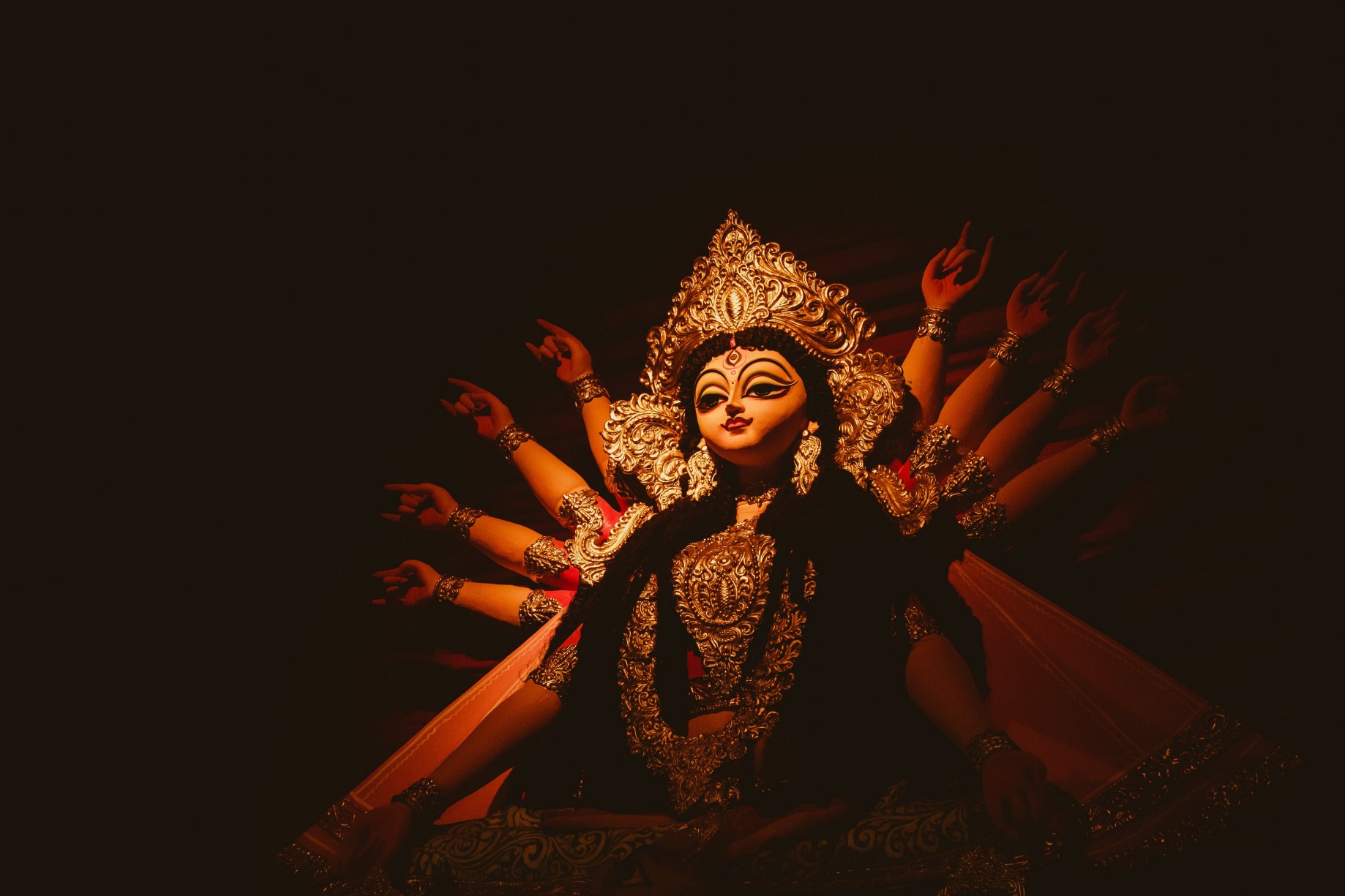Dusshera
- 07 Oct 2021
- 03 Comments
The nine days’ worship of Devi known as Navratri Puja, which is also known as Devi Navaratri Saranavaratri. This festival indicates the nine days triumph of struggle of Devi/Shakti/Mother over the formidable demons led by Sumba & Nisumbha .

Another belief is that, Maa Durga, the goddess of Power and vivacity, took nine forms called Navadurga, - a new form on each of the nine days, riding on ;ion with an arsenal of weapons and fought with demon Mahishasura. The victory of Goddess over the demons is celebrated as Vijayadashami, the victory of god over evil.

It also celebrated to mark the triumph of Lord Rama over the Dashakantha (10-headed) demon, Ravana and it is believed that Lord Rama prayed Goddess Durga before starting the war. The particular division of Navaratri into sets of three days to adore different aspects of the Supreme Goddess in the forms of Durga, Lakshmi & Sarasvati. On the first three days Mother Shakti adored as Power, Force - Goddess Durga. We pray Mother Durga to destroy all our impurities, vices and defects.
The next three days we worship the mother goddess as Lakshmi represents an orderly, steady, calm and serene effort to develop purity. Goddess Lakshmi bestows her devotes with inexhaustible wealth.
The last three days of Devi Navaratri, represents the supreme knowledge, Maa Sarasvati. She bestows the devotee with the light of supreme wisdom.
The tenth day – Vijaya Dashami – marks the victory of good over evil. The triumph of Devi over the evil forces.
The Navaratri celebrations starts with the Kalasa Sthapana on the first day of Shukla Paksha (bright fortnight) to Vijaya Dashami the 10th day of the month Ashvina (Ashviyuja), the seventh month of the Chandramana Hindu calendar.
Navaratri Colours:
There is a list of colours dedicated to the nine day festival. Each colour dedicated to the importance of each day of the Navaratri festival. Wearing colours according to brings in peace and harmony and experiences cam and serenity.


Comments (0)